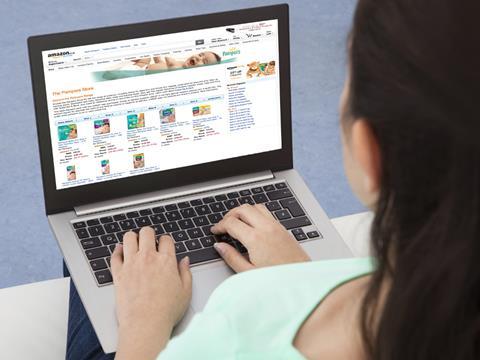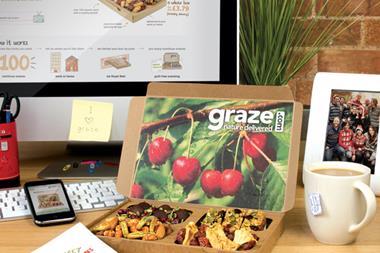
Since the 2008 recession, online-only brands and marketplaces such as Amazon have taken a disproportionate amount of overall retail growth in the UK. But the picture is changing. Originally, technology gave online players the advantage of avoiding the overheads of bricks-and-mortar outlets. But now, it’s the retail brands with regional chains, a flagship department store or a shopping centre presence that are closer to real-time order fulfilment.
Successful retailers understand they need to give shoppers what they want, when they want it, where they want it. That means offering multichannel shopping solutions like click & collect, which in some UK cases can account for more than 50% of e-commerce sales.
“Retailers can configure their options to play to their strengths”
Smart retailers are leveraging their distribution networks to make sure orders are fulfilled when it suits the customer. I can wake up, find the kids have finished all the cereal and milk but place an order via my mobile so I can drop by the local supermarket on the way home and grab my provisions with minimum fuss. This is so popular in France that two years ago there were more ‘online ordered but picked up in store’ groceries than total UK online grocery orders.
In the UK, Asda offers click & collect for pick up at Transport for London car parks and Tesco is offering a similar service from schools and hotel car parks.
And there’s much further for UK retailers to go. I have just returned from the US, where I was impressed with the level of reinvention I saw. In an overturning of convention, there are retailers like Macy’s that encourage shoppers to use their mobile phones in stores.
Meanwhile, Neiman Marcus has an app that is more than just an e-commerce platform to sell. It also contains an entertaining blog and Instagram page and offers useful functionality, such as the ability to call, text, email or FaceTime with specific sales associates. This matters because multichannel shoppers tend to be at least twice more profitable and spend twice as much in a year than those who just shop offline.
Now, I am not saying it is easy to set-up multichannel fulfilment operations. It takes a big investment, but seamless touchpoints are crucial to securing those profitable multichannel shoppers.
Working with the right information on inventory and contextual data on customer shopping habits and behaviour, retailers can configure their operations to play to their distribution strengths. The customer offering has to be seamless across devices and channels, but successful case studies are emerging and chief customer officers can hold these up as examples to persuade the board that this is the route to pursue.
Peter Fitzgerald is country sales director at Google


















No comments yet